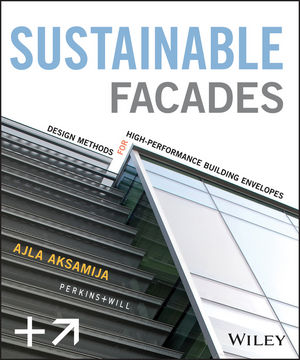Adaptive Reuse Project Approaches Net Zero Energy Use

Photo courtesy of Albert Vecerka
Known for transformative higher education design, Leers Weinzapfel Associates announces the completion of Anonymous Hall at Dartmouth College (Hanover, NH). Named for alumni and friends who have quietly supported the college over two centuries, the $28M project reuses and adds to vacant 1960s library in the heart of the siloed north campus quad, transforming it into a vibrant administrative and social center for the Graduate School of Arts and Sciences and a communal hub for the area. Part of a wider campus renewal plan, metrics show the project is close to net zero energy use.
Centrally located among 1960s medical school buildings, the 32,995-square foot project, the 32,995-square foot project—which also includes new entrances for surrounding structures, a wide pedestrian bridge, and new circulation between buildings—transforms an isolated edge of the College into a well-scaled, inviting North Quad. The initiative generates an accessible, seamless link between north campus and the historic green and main campus, allowing it to be shared with undergraduate sciences.
The demolition of an unused laboratory adjacent to the former Dana Hall made way for an addition, which reorients the building to create inviting campus connections to the south. Now the new social center of north campus, the addition houses the lobby and a café with an adjacent terrace overlooking a green. Tied together by a spiral object stair visible from the south lawn, the building’s upper floors contain collegial faculty offices, classrooms, and places for interactive student gathering. The rooftop level features a solar paneled canopy and a south-facing planted terrace that overlooks the Vermont hills, Baker Tower, and the iconic main campus. The walk-out graduate student lounge in the lower level opens to a protected courtyard below a pedestrian bridge.
The building was stripped to its columns and slabs to remove hazardous materials in the existing library walls before construction could begin. As a reused concrete structure in a cold climate, the choices of highly insulated terra-cotta-clad walls, triple glazed windows, and a photovoltaic canopy created a building with low embodied energy that approaches net zero energy usage. The facade system is first-of-its-kind in the US, comprising multiple advanced technologies including vacuum insulated, panels, krypton filled triple glazing, metal mesh integral shading, and toggle-held structural glazing (2″ IGUs).
Read more about Anonymous Hall’s energy use here.
The carbon implications of the project include:
- Embodied Carbon: This building reuses 20,000 cubic feet of existing concrete structure, saving over 1200 metric tons of carbon from concrete alone in the building’s construction. Structural reuse represents a significant savings of embodied carbon, often reducing a building’s carbon use by 40%.
- Operational Carbon: The building’s energy use is dramatically reduced by design, verifiable through monitored metrics over the next few semesters. Building shading strategies, envelope detailing, and coordination with high-efficiency mechanical systems contribute to the building envelope’s effectiveness
- Offset Carbon: An integrated third party photovoltaic panel array and shade structure contributes to the carbon reduction approaching net zero.
“This project brings together two previously divided sections of Dartmouth’s venerable grounds, creating a new social hub and a fresh sense of place on its north campus,” says Leers Weinzapfel Principal-in-Charge Josiah Stevenson. “The college asked our advice about incorporating two vacant buildings on the site for the initiative. Our assessment determined that one, a lab building, should be demolished, and the former Medical School Library should be transformed and expanded as a gateway and social center for the north quad. With its high-tech, efficient curtain wall; solar canopy; and high R value walls, carbon savings exceed all expectations, and design models show the project energy use approaches net zero.”
Looking for a reprint of this article?
From high-res PDFs to custom plaques, order your copy today!



-(1).jpg?height=200&t=1699288098&width=200)
_Ft-Kingspan-Light--Air-GridSpan-FRP-Skylights_Courtesy-of-Kingspan-Light--Air.jpg?height=200&t=1719832834&width=200)


